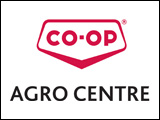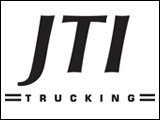The president of Paragon Economics suggests the key to restored profitability within the North American pork industry will be what happens with the weather and with next year’s crop.
The U.S. drought has resulted in record high corn and soybean meal prices driving up feed costs throughout North America.
Economics and the World Outlook will be discussed as part of Saskatchewan Pork Industry Symposium 2012 underway today and tomorrow in Saskatoon.
Paragon Economics president Dr. Steve Meyer explains this is a short crop situation so losses have been caused by high input costs, not low hog prices.
If they’re praying people they need to pay for rain next spring and if they’re no praying people they do rain dances or what ever might help.
We need a good crop in the United States next year.
The good thing is that, if it rains, I think we’ll be O.K.
We’re going to plant 95, 96, 97 million acres of corn, somewhere in that range and a trend yield will give almost a 15 billion bushel corn crop and we’re back down in the fours on corn.
I think the key to profitability is going to be what happens with the weather and with next year’s crop.
I think you need to hang on if you can because I believe this is going to be a much better business come 2014 and beyond.
We’re going to see record high beef prices I believe in 2013, very likely record high chicken prices.
It’s going to provide some opportunities for pork both domestically and overseas for both Canadian and U.S. producers.
So managing your finances very well, doing all the things you have to do to reduce costs and survive this downturn I think could be rewarded very well but it all really depends on weather next year.
Despite reduced U.S. pork exports to China and Hong Kong, Dr. Meyer believes the U.S. will still set a record for pork exports this year and possibility next year because world meat and poultry supplies are not going to be large, so folks will be chasing those supplies.



